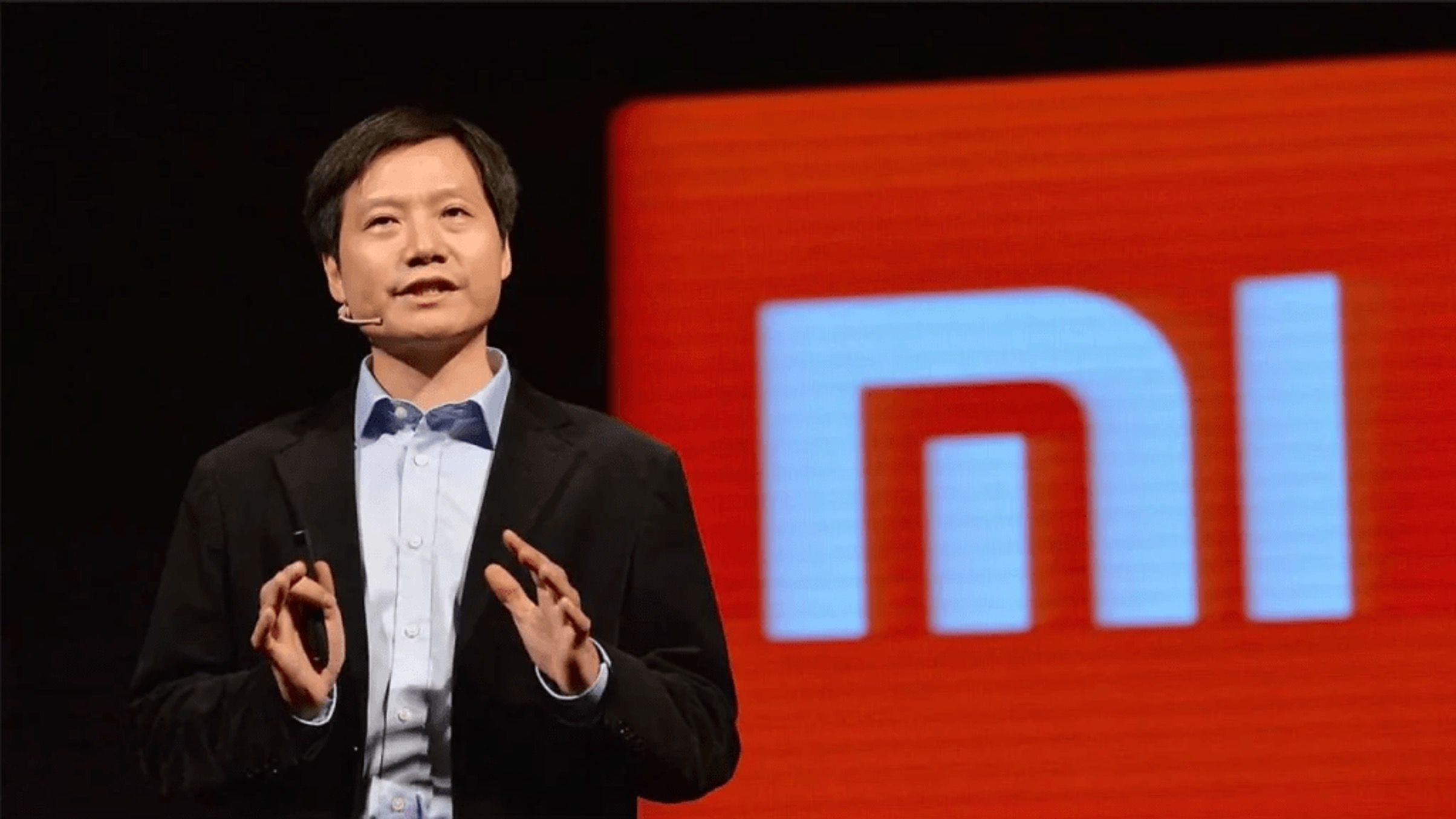In the fast-paced world of digital commerce, staying abreast of the latest trends isn’t just advisable; it’s essential. E-commerce has evolved from a mere convenience to a critical component of business strategy, and this evolution shows no signs of slowing down.
This article dives into the current trends redefining e-commerce development, offering insights into what businesses need to know to stay competitive and relevant.
From the rise of mobile commerce to the integration of artificial intelligence and beyond, we’ll explore the nitty-gritty details that are shaping the future of online shopping.
Rise of Mobile Commerce
If there’s one trend that’s impossible to ignore in e-commerce development, it’s the meteoric rise of mobile commerce. In recent years, the surge in smartphone usage has revolutionized the way consumers shop.
The key to tapping into this lucrative market? Responsive design. A mobile-responsive e-commerce platform ensures a seamless shopping experience, irrespective of the device used. This isn’t just about aesthetics; it’s about functionality. Websites that aren’t optimized for mobile devices risk high bounce rates and lost sales.
This approach has led to significant gains in customer engagement and conversion rates. For expert advice on developing a mobile-first e-commerce strategy, click here.
AI and Personalization
The intersection of AI and e-commerce is where things get truly exciting. Artificial Intelligence has the power to transform a standard shopping experience into a highly personalized journey. By analyzing customer data, AI can make tailored product recommendations, optimize search results, and even predict future purchasing behavior.
Take, for instance, an online retailer that uses AI to recommend products. From past purchases, browsing history, and customer preferences, the AI system can identify items that the shopper is more likely to buy. This level of personalization not only enhances the customer experience but also boosts sales and customer loyalty.
But the benefits of AI in e-commerce go beyond just personalization. Chatbots, for example, use AI to provide instant customer service, answering queries and resolving issues around the clock. This immediate response capability improves customer satisfaction and frees up human resources for more complex tasks.
Impact of Social Media Integration
Social media has evolved into a powerful tool for e-commerce businesses, influencing not only how brands market their products but also how they sell them. The proliferation of features like shoppable posts and direct in-app purchasing options has opened up new avenues for connecting with consumers.
For example, fashion brands are increasingly linking their Instagram posts directly to their online stores, allowing customers to purchase products they see in their feeds with just a few taps. This seamless integration provides a smoother user experience, increasing conversion rates.
But it’s not just about selling; social media integration allows for better customer engagement and brand building. By leveraging social media platforms, brands can interact with their audience, gather feedback, and build a community around their products.
Emerging Payment Technologies
The world of e-commerce is also witnessing a revolution in payment technologies. The rise of digital wallets, contactless payments, and even cryptocurrencies is changing how consumers pay for online purchases.
Adopting these new payment methods offers several advantages. They often provide faster, more secure transactions and cater to a tech-savvy customer base looking for convenience. However, there are risks involved, such as the volatility of cryptocurrencies and the need for robust security measures to prevent fraud.
Nevertheless, the impact of these payment technologies on customer experience is significant. Offering a variety of payment options can cater to a broader audience and reduce cart abandonment rates. For businesses, this means staying ahead of the curve and continuously adapting to new payment trends.
Sustainability and Ethical Practices
In recent years, there has been a noticeable shift in consumer behavior towards sustainability and ethical practices in all aspects of commerce, including e-commerce.
Today’s consumers are more environmentally conscious and are often willing to spend more on eco-friendly and ethically produced products.
E-commerce platforms are responding to this trend by adopting sustainable practices. This includes using eco-friendly packaging, carbon-neutral shipping options, and showcasing products from sustainable brands. Some online stores have even started to include sustainability scores for products to help consumers make more informed choices.
Besides contributing to a healthier planet, businesses that embrace these practices are tapping into a growing market of eco-conscious consumers. The move towards sustainability is more than a trend; it’s a shift in the global consumer mindset that e-commerce platforms cannot afford to ignore.
Future Predictions
As we look towards the future, it’s clear that the e-commerce landscape will continue to evolve at a rapid pace.
Technologies like augmented reality (AR) and virtual reality (VR) are set to play a more prominent role, offering immersive shopping experiences that could redefine online retail. For example, AR could allow customers to visualize products in their own homes before making a purchase, bridging the gap between online and physical shopping experiences.
With voice recognition technology, shopping through devices like Amazon Echo or Google Home is becoming increasingly intuitive and user-friendly. This trend signifies a shift towards more conversational commerce, where customers can purchase through simple voice commands.
The convenience of this approach could lead to a significant transformation in consumer buying habits. Companies that integrate voice shopping options into their platforms can potentially tap into a market of consumers who value efficiency and ease in their shopping experiences, further blurring the lines between digital convenience and human interaction.
The integration of the Internet of Things (IoT) is another area to watch. With smart devices becoming increasingly common in homes, the potential for IoT to streamline shopping experiences is immense. Imagine a refrigerator that can detect when you’re low on groceries and automatically place an order for you.
Conclusion
The trends in e-commerce development are not just shaping the present; they’re paving the way for a future where online shopping is more personalized, integrated, and convenient than ever before. Businesses that embrace these trends and adapt to the changing landscape will be well-positioned to thrive in this exciting future.
Staying ahead in the dynamic world of e-commerce means being flexible, innovative, and always ready to embrace the new.

























